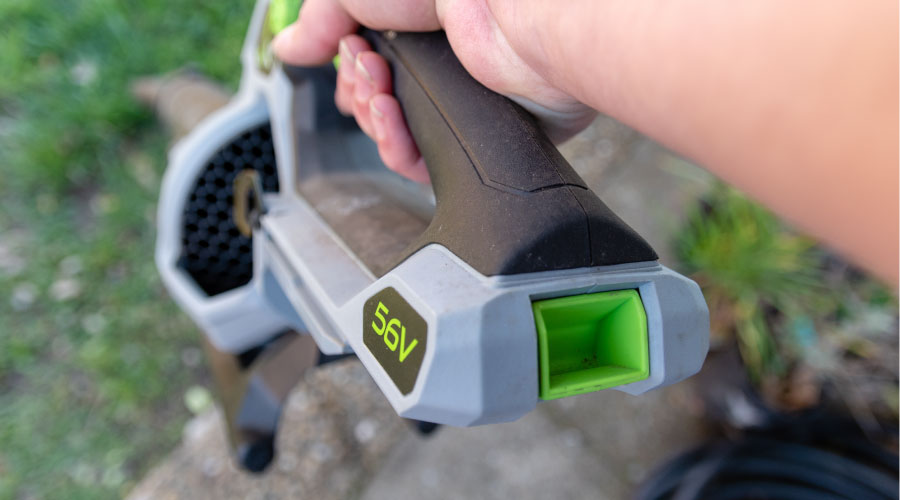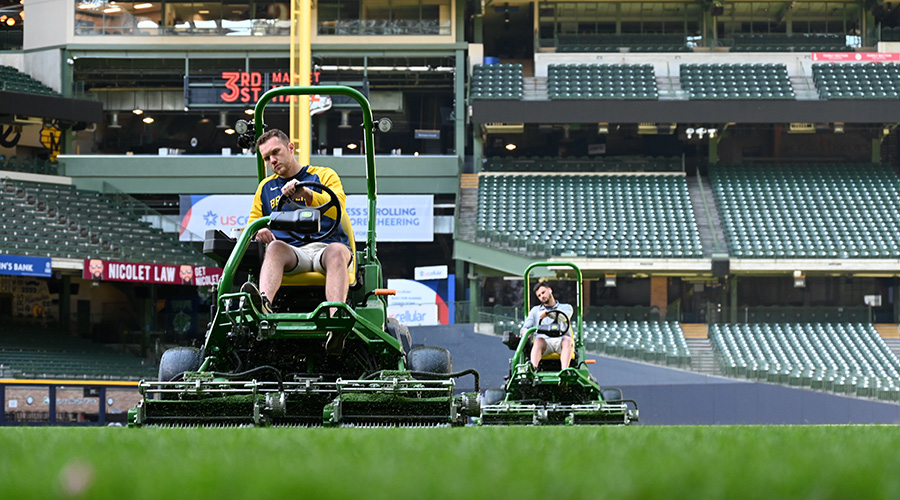Utility Vehicles: Size and Maneuverability
Utilities vehicles come in a variety of sizes, though most are smaller than a small pickup truck. Their smaller size allows operators to access remote, tight or congested areas unreachable by pickups. Some vehicles are even compact enough to fit in the back of a pickup truck for transport between work sites.
Passenger capacity can vary; some vehicles can hold up to six people. This feature is another advantage of a utility vehicle over a utility tractor. If operators will use the vehicle for transportation and performing work, greater flexibility means greater cost-effectiveness. For example, one model has fold-down rear seats so operators can use the space for hauling when needed.
If workers plan to transport the vehicle to the job site, make sure it will fit on a trailer or in the bed of a pickup truck. Managers also need to double-check that workers can easily haul the vehicle and its attachments because most vehicles are not legal to drive on the streets. But in light of environmental concerns and the cost of fuel, some communities are making them street legal.
Turning radius is essential for maximum efficiency when working in tight or congested areas. Some models offer a turning radius of as little as 5 inches, while others have a radius of 10 feet or more. One manufacturer adds a differential designed to unlock as the operator turns the vehicle. The rear tires rotate at varying speeds and reduce the likelihood of damaged turf.
Additional features that make today’s models easier to maneuver include rack-and-pinion steering, power steering, improved shock absorbers, independent front suspension, and independent rear suspension.
Before making a final specification decision, managers also need to consider where workers will drive the vehicle. Utility vehicles are available with two-wheel, four-wheel, and six-wheel drive. If workers regularly operate in rough, steep, or muddy terrain, a four- or six-wheel-drive unit might be the most practical option. For even greater flexibility, some vehicles offer push-button, four-wheel drive, automatic four-wheel drive, and all-wheel drive.
Managers also need to consider ground clearance if the vehicle will operate on rough and uneven terrain. Some newer models offer ground clearance up to 15 inches.
Related Topics:















